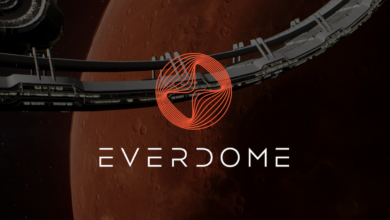A Guide to Virtual Land Staking in the Metaverse

In the age of technology and virtual worlds, land staking has become an increasingly popular trend. The concept of land ownership in the digital world is not a new one. In fact, it dates back to early computer games such as Sim City, where players could build their own cities.
With the advent of online gaming and virtual reality, land staking has evolved into something much more complex – a metaverse that allows people from all over the world to buy and sell land virtually.
This article will explore what land staking is, how it works, and its implications for our future. We will also look at some examples of successful land ownership in the metaverse, as well as potential pitfalls associated with this type of investment. By understanding these concepts better, we can gain insight into how land staking might shape our lives in years to come.
Virtual Landownership Platforms
Decentraland is one of the earliest virtual land platforms and holds the largest land lot in the space. It uses a decentralized Ethereum-based ledger to record land transactions and allows land owners to use smart contracts to create immutable agreements for land leasing or selling.
The Sandbox is another popular platform, boasting millions of users that have purchased land in its metaverse. It also uses the Ethereum blockchain for land staking and incorporates game elements like NFTs for land management.
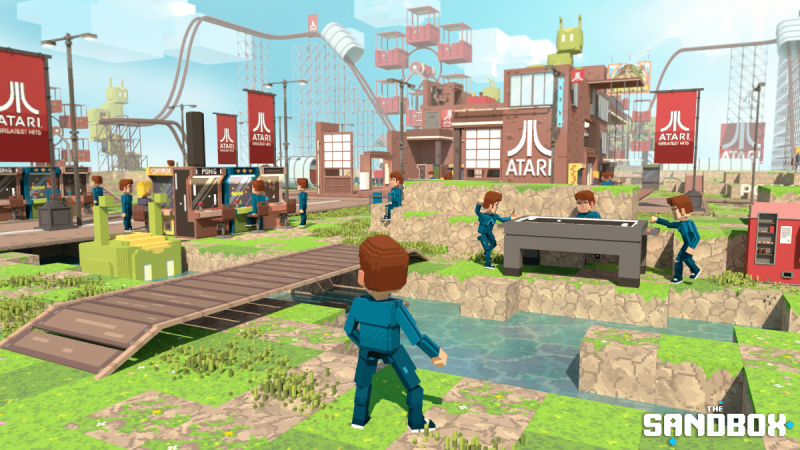
Similarly, Somnium Space provides a virtual land ownership system that allows buyers to stake their land with their cryptocurrency holdings; it also features advanced technology like VR integration. Last but not least, Cryptovoxels offers a unique experience by allowing players to explore its 3D voxel world while also buying, building, trading, and selling digital assets within it.
Comparison of features
All four platforms are similar yet different on many levels; each has its own distinct feature set that enables landowners to explore various possibilities. For instance, Decentraland provides digital avatars with the ability to move around the virtual world while interacting with other avatars or objects; The Sandbox grants gamers access to create immersive gaming experiences through NFTs; Somnium Space offers VR integration so users can explore their lands in full immersion while Cryptovoxels lets them build custom assets from simple cubes in its 3D voxel space. All of these features make these four platforms unique in their own ways and provide unique opportunities for those looking to invest in virtual lands.
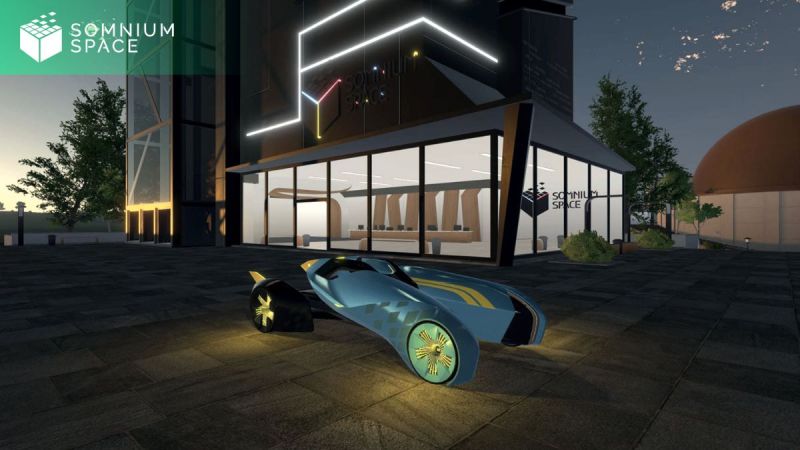
At the heart of all four platforms lies blockchain technology which enables landownership through secure contracts known as ‘smart contacts’ that are recorded on decentralized blockchain ledgers. These smart contracts allow landownership activity such as leasing or selling their land without any third-party involvement or control over their transactions; moreover, these contracts are immutable due to their encryption and validation processes on the network’s nodes which makes them extremely secure and reliable by design. This is why blockchain technology has become essential for modern virtual landownership as it enables users to trustlessly interact online without compromising data security or privacy concerns – something that traditional centralized systems cannot boast about easily.
The Economics of Virtual Land
Virtual land has become a rapidly growing market, promising potential for land owners and other stakeholders. The land staking economy is estimated to be worth billions of dollars annually, with no signs of slowing down in the near future.
The growth of virtual land is largely due to its accessibility and affordability compared to traditional land ownership. In virtual worlds such as Second Life, players can purchase land with in-game currency or real-world money, and build structures or create experiences that are limited only by their imagination. This feature has attracted businesses, entrepreneurs, artists, and everyday people who have a vision for what they can create within these virtual spheres.
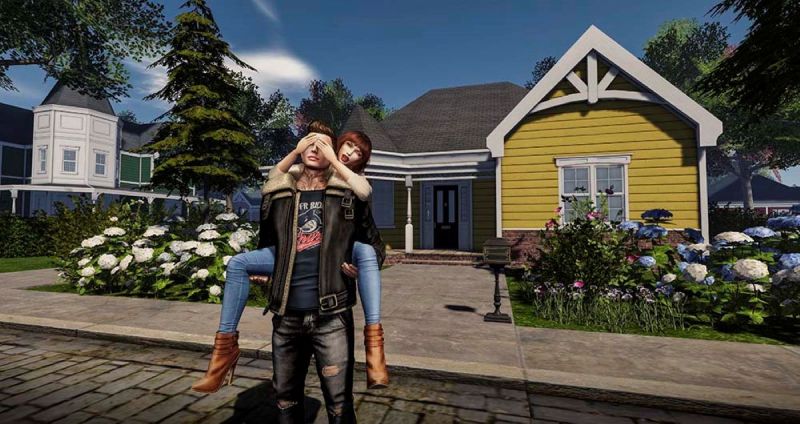
In terms of pricing trends, land prices can vary significantly depending on the size of the land parcel and its location. Prices may also depend on the platform’s land availability – if there is more land available than demand then prices tend to be lower; however, if land parcels are scarce then prices will increase accordingly.
Monetization Strategies
Given how much potential virtual land offers, monetization strategies must be considered when building out land holdings. Common methods include renting and leasing properties for short-term or long-term periods; offering advertising and sponsored placements; creating in-world businesses such as stores, venues, or services; producing content that earns royalties; and even trading land over markets like Decentraland or CryptoVoxels. All these options present ways to generate revenue without needing to own physical property in the real world.
The economics of virtual land have impacts beyond just virtual worlds too – it can create jobs at both small and large scales while also supporting entire industries built around gaming technology platforms. The economic power of virtual land could lead to meaningful changes in many sectors including education, commerce, healthcare, entertainment – even global politics one day!
Land Staking in the Metaverse
Land staking is a process that enables landowners to stake their land in the metaverse and receive rewards for doing so. It allows landowners to participate in virtual world economies and gain access to new forms of digital assets, such as governance tokens.
Land staking can help landowners increase the value of their land while also providing them with passive income streams. By participating in land staking projects, landowners can benefit from higher returns on investments, reduced risk associated with ownership, and enhanced liquidity options for their land holdings.
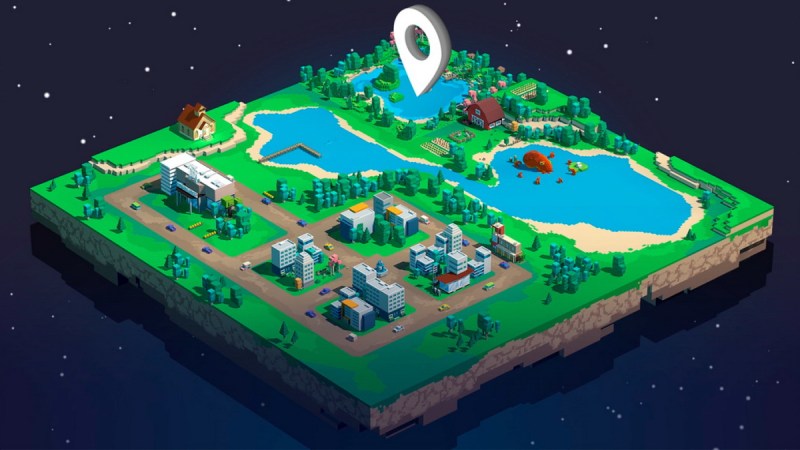
Furthermore, it provides an avenue for decentralized governance structures to be established within virtual worlds by allowing stakeholders to vote on decisions related to development projects or other critical aspects of the project’s life cycle. Governance tokens are essential components when it comes to creating a secure environment for these types of projects since they grant holders voting rights over platform-level decisions such as protocol upgrades or changes in policy settings.
Legal and Regulatory Aspects
The rise of land staking and virtual land ownership has created a new set of legal and regulatory issues that need to be addressed. As more people explore the potential opportunities presented by land staking, it is important to examine the various intellectual property rights associated with this type of landholding.
Additionally, there are tax implications and reporting requirements that must be taken into account when engaging in land staking activities. Finally, some potential challenges may arise due to future regulations or changes in technology that could affect land staking operations. All these factors should be evaluated before embarking on any land-staking project.
Environmental and Social Considerations
As land staking becomes increasingly common, it is important to consider the environmental and social implications of this activity. Land staking can have serious consequences on energy consumption, sustainability concerns, community building, and human interaction. It is therefore essential that those engaging in land staking take into account these ethical considerations before doing so.
As land stakers are responsible for the land they claim, they must ensure that their actions do not negatively impact the environment or local communities. Furthermore, landowners should be aware of how their activities may affect other players within the game world as well as outside of it. With these considerations in mind, land stakers can create a more sustainable system while also promoting positive interactions between players both inside and outside of virtual worlds.
Future Prospects and Challenges
The emergence of land staking and other virtual land ownership concepts are beginning to revolutionize the real estate industry. This new technology has the potential to transform how land is bought, sold and managed in the future. With virtual land markets, land transactions can take place much faster than traditional methods since they don’t require physical contact or travel.

Furthermore, buyers have more control over their purchases since it allows them to purchase small parcels of land without having to buy an entire property at once. While this innovation offers many exciting possibilities for the real estate industry, there are also a number of challenges that must be addressed before these technologies can reach their full potential.
These include issues related to security, privacy, legal protection, and market stability. By understanding these challenges and developing strategies for addressing them, we can ensure that these new technologies will bring about lasting positive changes for both individuals and businesses involved in the real estate industry.
Conclusion
In conclusion, land staking is a revolutionary concept that has the potential to transform how land is bought, sold, and managed in the future. By leveraging virtual land markets, buyers have more control over their purchases while also being able to transact on smaller parcels of land without having to purchase an entire property at once.
However, there are still several challenges that must be addressed before these technologies can reach their full potential such as security, privacy, and legal protection concerns. With careful consideration of these issues and proper strategies for addressing them, we can ensure that land staking will bring about lasting positive changes for both individuals and businesses involved in the real estate industry.


